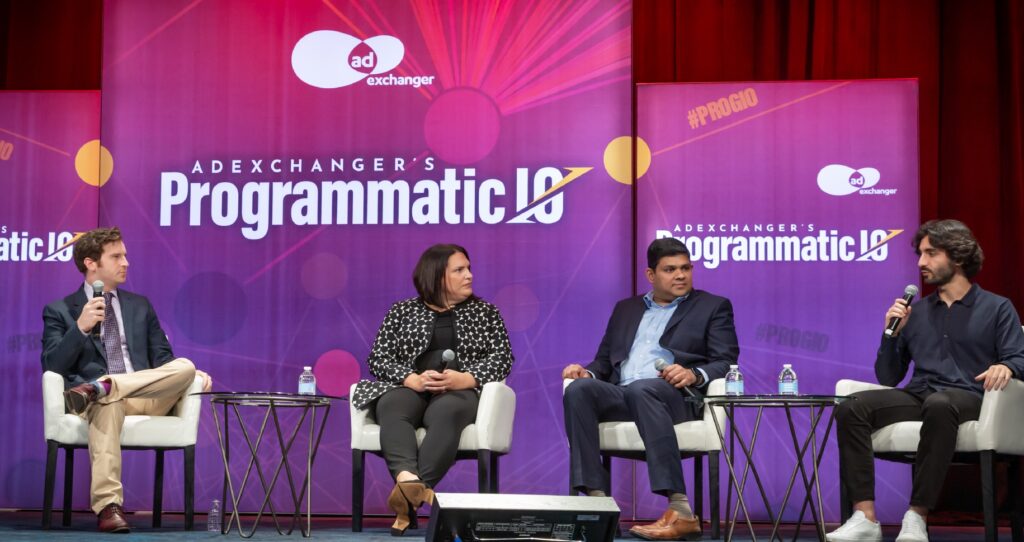What do Marriott, Lyft and Lowe’s have in common?
All three are non-advertising companies that recently launched their own media platforms.
Lowe’s rolled out its One Roof Media Network in October 2021; Marriott announced its travel media network in May; Lyft Media launched in August.
Both Marriott and Lowe’s use Yahoo’s ad tech to support their media networks, and Lyft is talking to Yahoo about a partnership. Although players like Criteo and The Trade Desk have been vocal about their commerce media ambitions, Yahoo has emerged as a dark horse of sorts in this category.
There’s a lot of hype swirling around commerce and retail media right now – everyone from Walmart to Dollar General has a platform of their own – but these offerings still have a long way to go before they hit maturity.
Even so, practically any business with first-party user or purchase data and any claim to consumer eyeballs is trying to cut itself a slice of the online advertising pie.
But doing so means retailers (and hoteliers … and rideshare companies) are now having to grapple with questions that online publishers have dealt with for years.
Buyers want measurement, verification, transparency, the works. But media platforms housed within non-advertising businesses, whose main revenue driver isn’t advertising, have to deal with pressures that other publishers don’t. Advertising is an opportunity for these companies only if it doesn’t negatively impact the core business.
Take Lyft. Any ad experience that could negatively affect the rider experience is a nonstarter and not worth the additional revenue.
“Riders are the life of the business, and that’s more valuable than the ad business,” said Kenan Saleh, general manager of the Lyft Media Network, speaking at AdExchanger’s Programmatic IO event in New York City earlier this week.
Whenever “your business is a non-advertising company, you have to think of it holistically,” Saleh said. “You can’t just optimize for ad revenue.”
It’s a classic just-because-you-can-doesn’t-mean-you-should situation.
But within the boundaries of proprietary, retail media networks are getting busy.
The Lowe’s One Roof Media Network, for example, has information on more than 100 million shoppers, according to the group’s VP and general manager, Abishake Subramanian, spanning “where they shop, how they shop and what their purchase behavior looks like.”
Subramanian joined Lowe’s in January after more than six years at Walmart-owned Sam’s Club, most recently as head of its media group.
Using ConnectID, Yahoo’s identifier, Lowe’s can match its own first-party data against the 290 million opted-in users that Yahoo claims to reach across its media.
“You can actually connect the dots and build out audiences,” Subramanian said, and measure whether spend drove sales.
It’s the “commerce continuum,” he said.
That’s just another way to say “closed-loop attribution,” which is a pitch that new – and niche – media platforms, like Marriott, are hoping will resonate with buyers.
“We know our customers truly are on a path to purchase and that they’re spending money,” said Elizabeth Neubauer Donovan, global director and head of ad revenue for the Marriott Media Network. “And so we’re using an omnichannel programmatic approach [to reach them].”
But the question remains: Are we going to reach peak media network?
Which retail media network’s launch will signal the market top:
— Ari Paparo (@aripap) October 18, 2022















